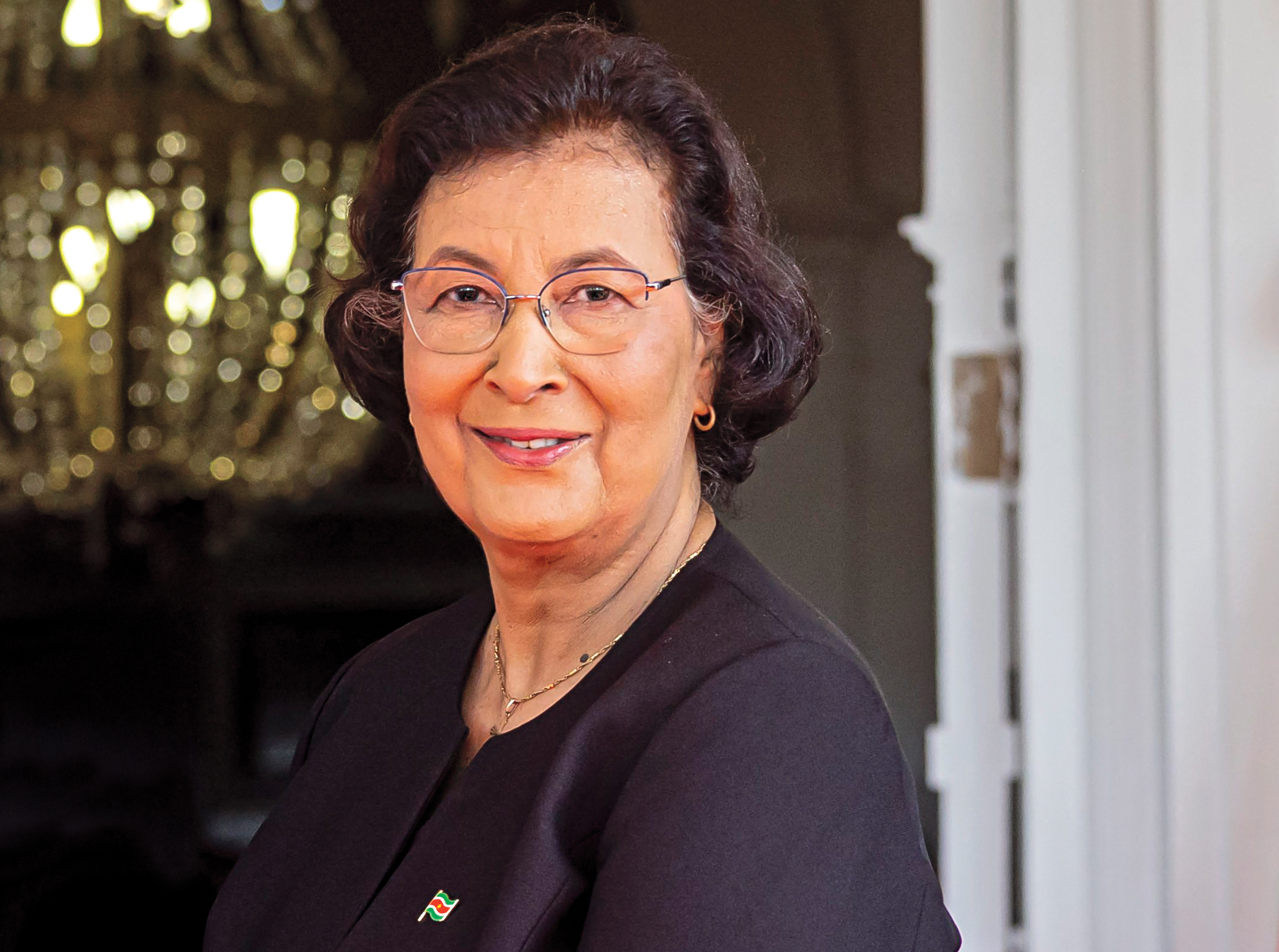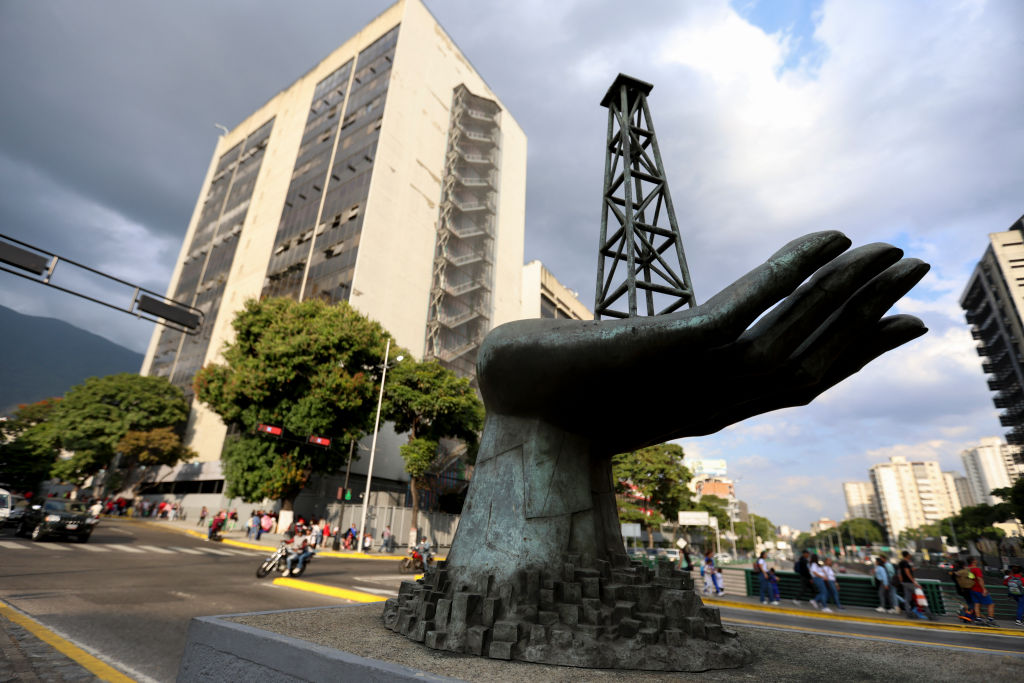Energy Transition in Latin America and the Caribbean
Energy Transition in Latin America and the Caribbean
Experts of the private and public sectors discuss the challenges and opportunities of the energy transition in Latin America and the Caribbean.
Speakers
- Omar Paganini, Minister of Industry, Energy and Mining, Uruguay
- Beth Urbanas, Deputy Assistant Secretary, Asia and the Americas, U.S. Department of Energy
- Ariel Yépez-García, Manager, Infrastructure and Energy Sector, Inter-American Development Bank
- Julie Mulkerin Ortiz, General Manager, Decarbonization Strategy, Chevron
- Sean Porter, Development, New Businesses and Commercial Director, Energy Unit, Capital Business Group, CMI
- Eric Farnsworth, Vice President, Americas Society/Council of the Americas (Moderator)
Despite being a leader in renewable energy, Uruguay's minister of Industry, Energy, and Mining Omar Paganini admitted his country is still dependent on oil in the transportation sector. He said, “Our first initiative in the energy transition is to boost electric mobility in public transportation and in private-owned cars and small trucks” during a panel on Energy Transition in Latin America and the Caribbean on December 8, 2022.
Chevron general manager Julie Mulkerin Ortiz mentioned the company sees energy transition as a journey and sees Latin America and the Caribbean at the forefront of this transition. "There’s an opportunity to increase the profile of countries in the region balancing affordability, energy security, and environmental protection that we see already playing out and have for so many years,” she said.
Going further, Beth Urbanas, deputy assistant secretary for Asia and the Americas at the U.S. Department of Energy, said, “the Department of Energy sees Latin America and the Caribbean as a core leader in the energy transition in the Western Hemisphere because they have been the most ahead in terms of the ability to pursue renewable energy.” She further stated, “Not only do they have some of the highest penetration of renewable energy in the world as a region, but they also have some of the best resources.” The panel later examined some of the challenges in the region, including the need for more private-sector engagement.
There was a general agreement that the region, endowed with abundant renewable energy potential, is missing a few ingredients to attract long-term investments. Ariel Yépez-García, manager of the infrastructure and energy sector at the Inter-American Development Bank (IADB) said, “The IADB has been working a lot not only on financing, implementing policies, finding ways to have more renewable energy in the region, but also implementing reforms to facilitate private sector participation.”
Indeed, private-sector investment and engagement with banks and multilatinas are needed to update infrastructure and facilities to make energy more affordable and take advantage of renewable energy resources in countries across the region. “Banks joining the private sector in doing more creative and sophisticated projects can take Central America to the next level and eliminate big energy shocks we see in the region when we have to turn on expensive outdated diesel plants that are very expensive on the energy system,” said Corporación Multi Inversiones Director Sean Porter. The challenges in Central America highlight the need for deeper coordination and cooperation of all partners to utilize Latin America’s diverse energy resources to maximize energy, economic, and climate security.








